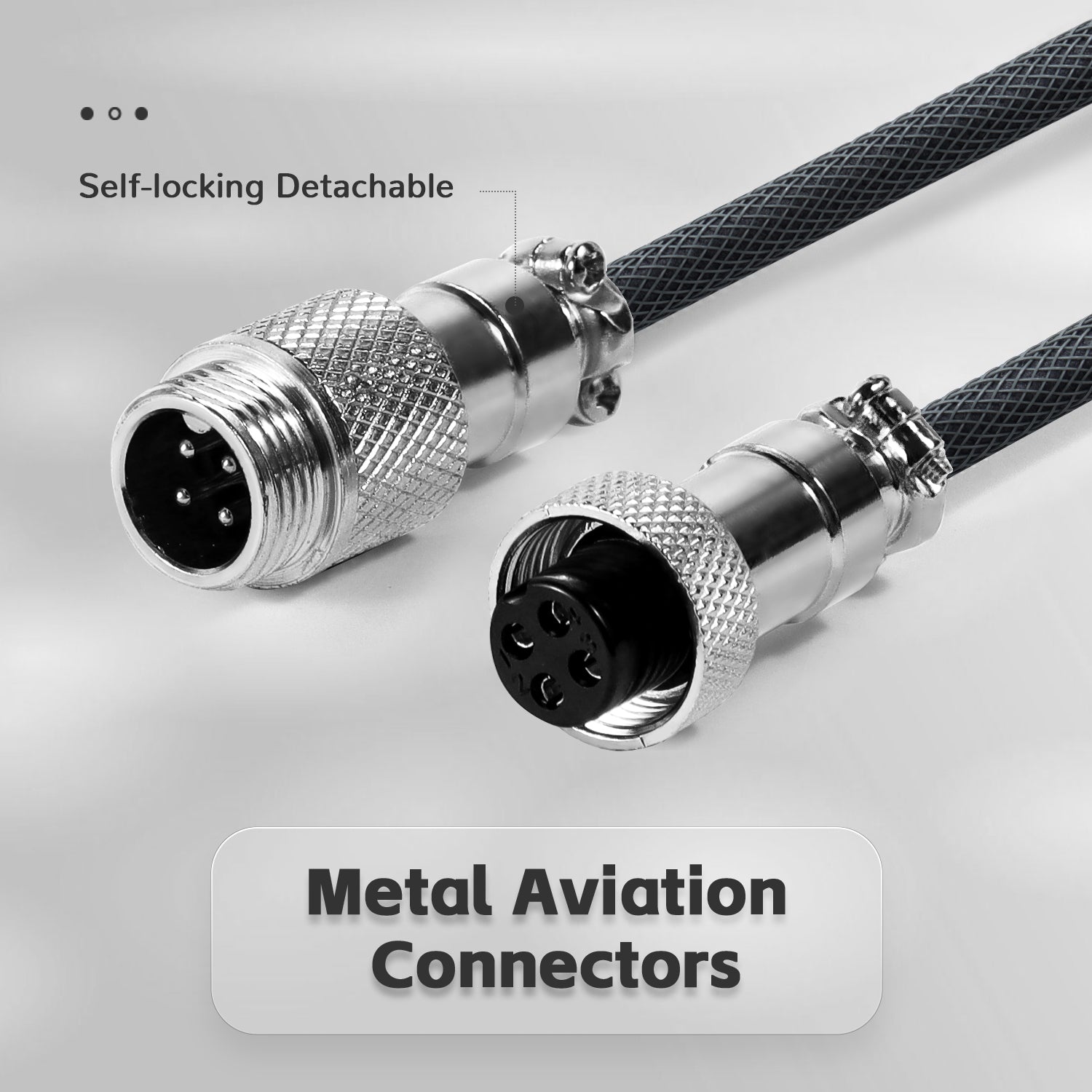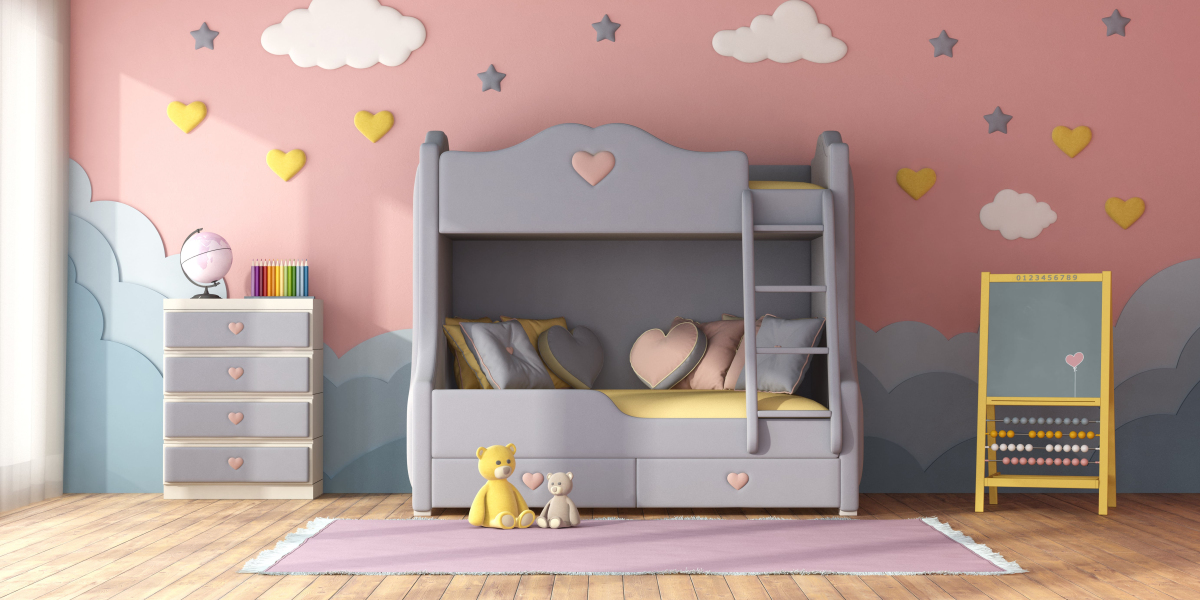Mechanical keyboards have gained immense popularity among gamers, typists, and tech enthusiasts alike. But what exactly makes up these intricate devices? In this article, we will explore the essential mechanical keyboard parts that contribute to their unique performance and tactile feedback.

Key Switches: The Heart of Mechanical Keyboards
At the core of every mechanical keyboard are the key switches. These switches are responsible for registering keystrokes and come in various types, each offering a distinct feel and sound. The most common types include:
- Cherry MX: Known for their reliability and variety, Cherry MX switches come in different colors, such as Red, Blue, and Brown, each providing a unique tactile experience.
- Razer: Razer switches are designed for gaming, offering fast response times and customizable options.
- Gateron: These switches are often praised for their smoothness and affordability, making them a popular choice among enthusiasts.
Understanding the differences between these switches can help users choose the right keyboard for their needs. Do you prefer a tactile bump or a smooth keystroke? Your answer will guide your selection.
Keycaps: The Interface Between You and the Keyboard
The keycaps are the visible part of the keyboard that you interact with. Made from various materials such as ABS or PBT, keycaps come in different shapes, sizes, and profiles. They can also feature unique designs and legends, allowing for personalization. When selecting keycaps, consider the following:
- Material: PBT keycaps are generally more durable than ABS.
- Profile: Different profiles, such as SA or DSA, affect typing comfort and aesthetics.
- Legends: The printing method can influence the longevity of the keycap's markings.
Choosing the right keycap can enhance not only the look of your keyboard but also your typing experience.
PCB and Backlighting: The Technical Backbone
The printed circuit board (PCB) is the foundation of a mechanical keyboard. It connects all the switches and allows for communication with your computer. Some PCBs support features like programmable keys and RGB backlighting. If you are interested in customizing your keyboard, look for a PCB that supports these functionalities.
Backlighting is another exciting feature. Many mechanical keyboards offer customizable RGB lighting, allowing users to create stunning visual effects. This not only enhances aesthetics but can also improve visibility in low-light conditions.
Stabilizers: Ensuring Smoothness Across Larger Keys
Stabilizers are crucial for larger keys like the spacebar, enter, and shift keys. They prevent wobbling and ensure a consistent feel when pressed. There are different types of stabilizers, including clip-in and screw-in options. Proper installation and lubrication of stabilizers can significantly improve the typing experience.
In conclusion, understanding the various mechanical keyboard parts can greatly enhance your keyboard experience. Whether you are a gamer seeking precision or a typist looking for comfort, knowing these components will help you make informed decisions. For those interested in enhancing their keyboard setup, consider exploring accessories available at .








